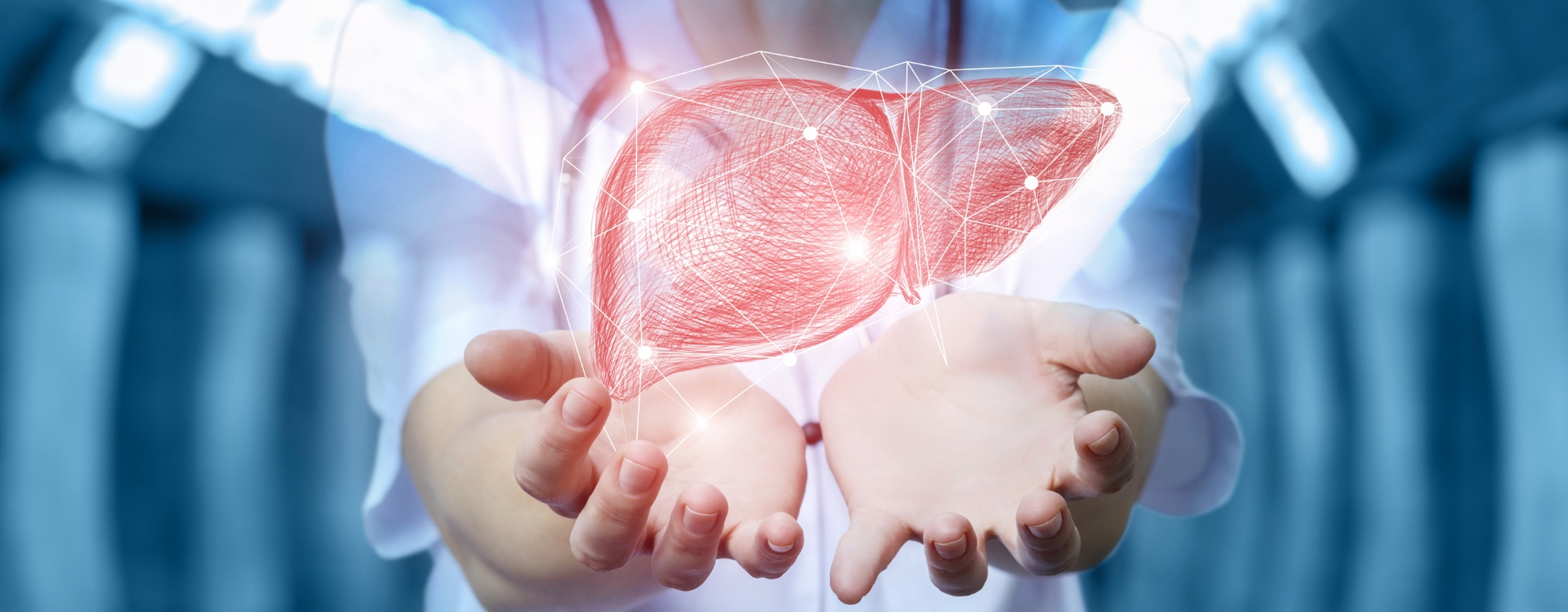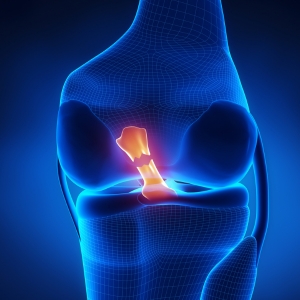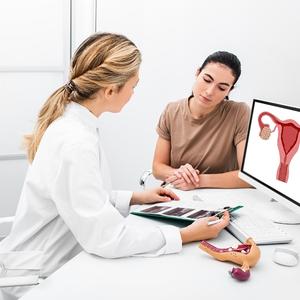Fatty liver, or hepatic steatosis, is a condition where too much fat builds up in the liver. While it's normal to have some fat in your liver, if more than 5%-10% of your liver's weight is fat, then you're dealing with fatty liver disease.
If left unchecked, fatty liver disease can lead to serious health problems such as liver Cirrhosis, Hepatocellular Carcinoma (liver cancer) and Cardiovascular diseases.
Why and Who Has a Higher Chance to Get Fatty Liver?
One of the causes of fatty liver is excessive alcohol intake. However, there's another form of the fatty liver, which is not related to alcohol consumption and it is more common, called (NAFLD). NAFLD is most often associated with obesity, type 2 diabetes, high cholesterol, and high blood pressure.
Poor dietary habits with a high consumption of refined carbohydrates and sugary drinks, combined with a sedentary lifestyle are high risks to developing nonalcoholic fatty liver disease (NAFLD).
Early Symptoms and How to Diagnose Fatty Liver
Fatty liver does not produce any symptoms in the early stages. Some people might experience fatigue or discomfort in the upper right abdomen, but many don't feel anything amiss until the disease has progressed.
Nonalcoholic fatty liver disease (NAFLD) is reversible if detected early, thus regular health check is important to identify the problem early.

In order to have a comprehensive evaluation of liver health, a combination of clinical assessments, blood tests, and imaging studies are required. FibroScan is commonly used nowadays to detect fatty liver and assess the degree of liver fibrosis or scarring, which is a common consequence of various liver diseases.
The FibroScan is non-invasive and does not require any anaesthesia or needles. The results are displayed as a numerical value called the FibroScan score or as a liver stiffness measurement (LSM) in kilopascals (kPa). Lower values indicate a healthier liver with minimal scarring, while higher values suggest the presence of significant fibrosis or cirrhosis. The result also shows a CAP score which measures fat accumulation in your liver, helping doctors to further determine your steatosis grade.
It is best to consult with a healthcare professional who can provide personalised advice on the best diagnostic method to evaluate your liver health.

Management of Fatty Liver
There are several things you can do to manage the fatty liver and prevent further damage.
- Dietary Changes
- The first and most impactful change is to adjust your diet. Reducing the intake of saturated fats, sugars, and refined carbohydrates, and increasing more fruits, vegetables, whole grains, and lean proteins are the general advice.
- Physical Activities
- Regular physical activities can help you lose weight and reduce fat in the liver. Simple activities like cycling, or swimming can make a significant difference.
- Medications
- Your doctor may prescribe specific medications to reduce liver fat and liver inflammation,as well as controlling other cardiovascular risk factors.
- Reduce Alcohol Intake for Better Liver Health
- Limiting alcohol consumption plays a key role in promoting liver health. By cutting back on alcohol intake, you can significantly reduce the risk of developing fatty liver disease and alleviate liver inflammation. Prioritizing moderation in alcohol consumption not only supports weight loss goals but also contributes to overall well-being.
- Monitoring your fatty liver: regular health check
- Finally, if you have been diagnosed with fatty liver, it is essential to keep up with regular medical check-ups. Your doctor can monitor your condition and provide personalised advice. Remember, early detection and intervention are the keys to managing this condition successfully.
Articles on this website are informative only and not intended to be a substitute for professional medical advice, diagnosis or treatment. They should not be relied upon for specific medical advice.

Information provided by:
Dr Ernest Li , Specialist in Gastroenterology & Hepatology






